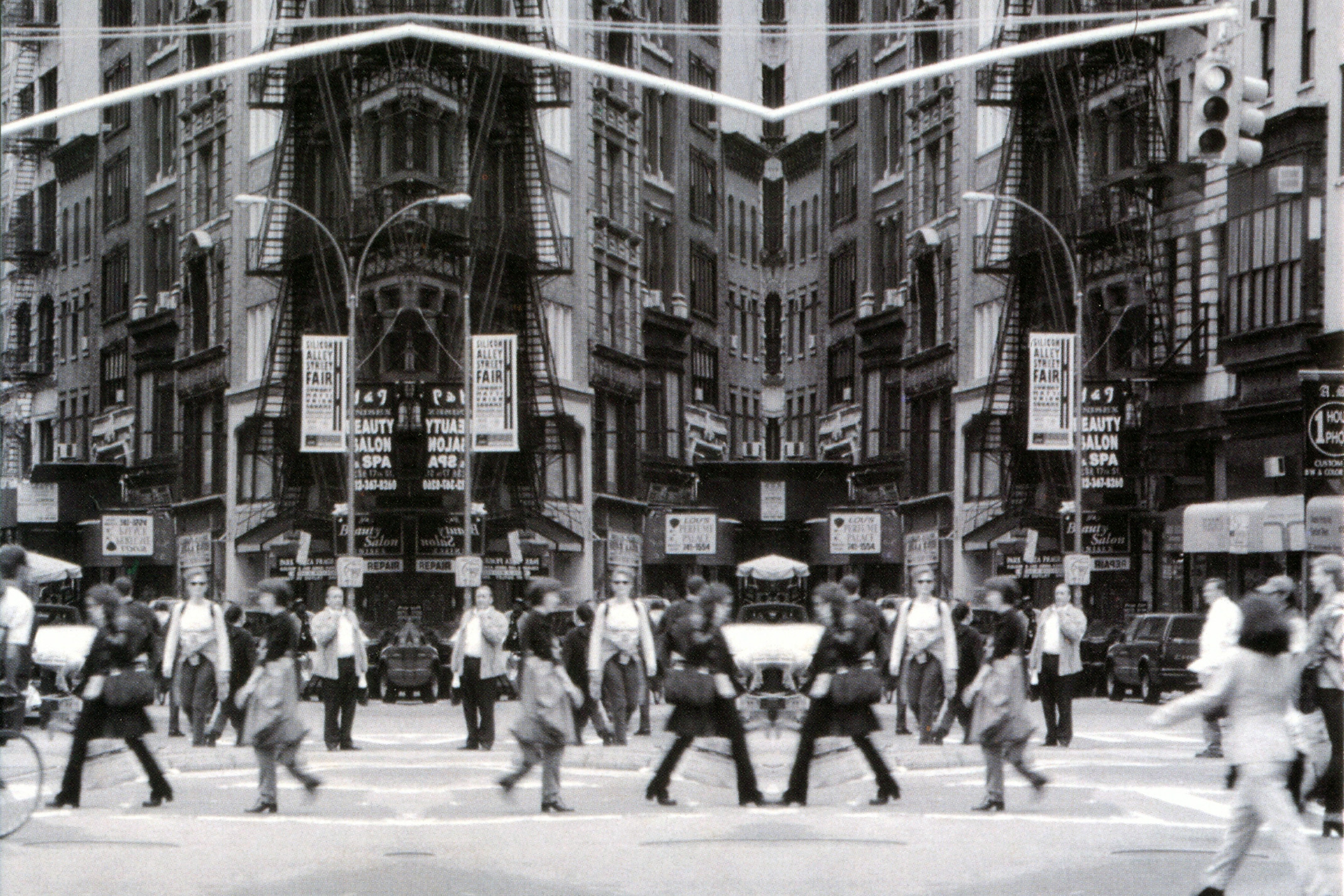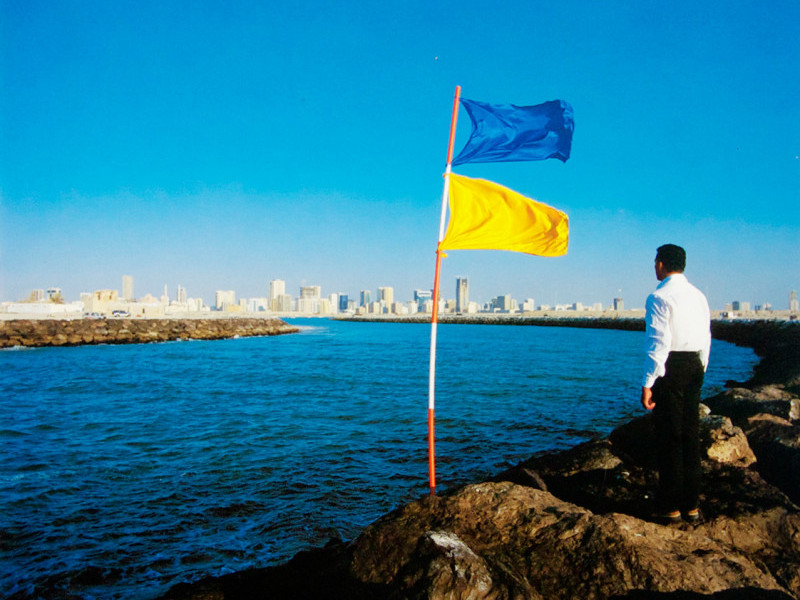
Handworks Series 02.2, 2002
Hadi Hand
Handworks Series 02.2, 2002
Photography
search


Hadi Hand
Handworks Series 02.2, 2002
Photography
The aesthetics of Hadi Hand's work as an architect chiefly rests on the spatial qualities and borderline cases of architecture that intersect with formal perceptual investigations, manifest as photographic practice. According to one's position and angle of vision, the perceptual interface between the conventional terms "architecture", "art" and the (sub) conscious arise in a rhetoric of the camera's powers of reflection. A signifying gap opens up between subject and object; and reflection. On the one hand, spatial situations are created between the object and the eye's movement to and from the object and on the other, what has been also termed as a side-effect of reality, "the seen", is reflected along sight lines as the reality-illusion. The act of seeing, if understood as at once being a a reflected registration of a view and as a view bouncing back from the spectator's 'camera', as an image of the spectator, challenges our comprehension and insight into the certainty of photographic co¬ordinates of the environment and hence its potential spectator's limits.
PL
"Handworks series 02', The deconstruction of urban functions.
The photographic works on the New York metropolis are montages of different motifs. They can be understood as the result of a search for urban traces, and their final compilation represents a mosaic of city structure. The result and the message of these works come about from two different work processes. To start with, architectural and spatial qualities are registered during a walk through the city, examples of which are the endless anonymous schematic facades of skyscrapers, typical everyday street axes and vanishing lines, views into narrow street gullies and of the sky hemmed in by towering architectural walls. In a further process these motifs are then assembled into new compositions. The removal of the urban elements from their original surroundings and their fusion into a range of pictorial constructs lend expression to a specific concept of the city. From its very definition, deconstruction also means constructing a new status, fabricating a so-called virtual translation of the situation. As a result, urban realities can no longer be unambiguously defined or formulated. New York thus becomes an example of a way of looking at things that focuses on a social lifestyle in built-up worlds metaphorically imbued and transformed via these photo collages. In the end, the fragmentation we see in this montage of images appears as an installation made up of many structures and textures, as well as of a play between light and shade.

Sharjah Biennial 6